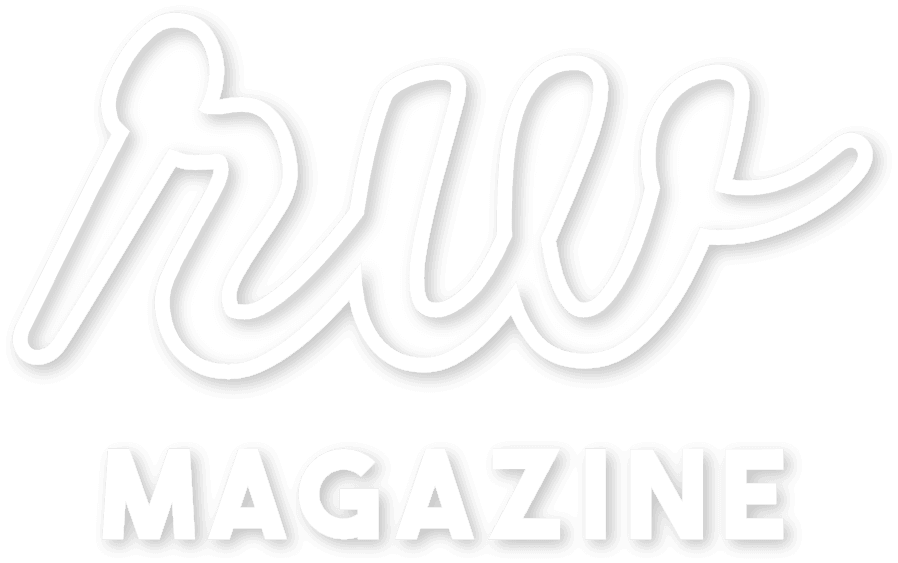Easy Steps to Break Free From Trauma Bonds and Reset Your Emotional Well-Being and Purpose
Are you feeling trapped in unhealthy relationships ? Jessica Dalby curated the easy steps to break free from trauma bonds, reset your emotional well-being and rediscover your strength!

Trauma bonding is just one reason that leaving an abusive situation can feel confusing and overwhelming. It involves positive and even loving feelings for an abuser, making the abused person feel attached to and dependent on the abuser. This often can be misinterpreted as the abused person is accepting of the situation, but that is not the case.
Our brains are wired through our fight or flight response to get through traumatic experiences (like an incident of abuse) by seeking comfort and sometimes, yes, that is from the very person who has harmed us.
Understanding what a trauma bond is will help others to see from the outside looking in. This will help those suffering have an outside individual assist them with a different perspective of what they are feeling and believe is the right thing.
Understanding the Impact of Trauma Bonds
Trauma is a pervasive and deeply impactful experience that can leave lasting scars on an individual’s psyche. Defined as an emotional response to a distressing event, trauma can manifest in various forms, including physical, emotional, and psychological. One particularly insidious consequence of trauma is the formation of trauma bonds, which can keep you tethered to unhealthy relationships and damaging behavioural patterns.
Research indicates that trauma bonds often develop in situations where there is a power imbalance, such as in abusive relationships or environments. According to a study conducted by the American Psychological Association, individuals who have experienced trauma are more likely to develop attachment patterns characterised by fear, dependency, and a sense of loyalty to their abuser. These bonds can be incredibly difficult to break, trapping individuals in cycles of abuse and perpetuating their suffering.
Recognizing the Signs of Trauma Bonds
Identifying trauma bonds is the first step toward breaking free from their grip. Common signs include:
Cognitive Dissonance: Feeling conflicted between the knowledge that the relationship is harmful and the belief that the abuser truly cares for them.
Isolation: Becoming increasingly isolated from friends and family as the abuser exerts control over the individual’s social interactions.
Emotional Dependency: Relying heavily on the abuser for validation, support, and a sense of identity.
Fear of Abandonment: Feeling intense anxiety at the thought of leaving the relationship, even when it is clearly detrimental to one’s well-being.
Healing from Trauma Bonds
Breaking free from trauma bonds requires courage, self-awareness, and a commitment to personal growth. Here are some strategies to facilitate healing and release:
Therapy: Seeking professional support from therapists trained in trauma-informed care can provide invaluable guidance and support on the journey to healing.
Self-Reflection: Engaging in introspective practices such as journaling, meditation, and mindfulness can help individuals develop greater self-awareness and identify patterns of behaviour that may be rooted in trauma.
Support Networks: Building a strong support network of friends, family, and other survivors can provide a sense of validation, connection, and solidarity.
Boundaries: Learning to set and enforce healthy boundaries is essential for breaking free from trauma bonds. This may involve limiting contact with the abuser, asserting one’s needs and desires, and prioritising self-care.
Empowerment Through Cognitive Exercises
Cognitive exercises can be powerful tools for transforming negative thought patterns and aligning with empowerment and gratitude. Here are some exercises to try:
Positive Affirmations: Create a list of affirmations that challenge negative beliefs about oneself and repeat them daily to reinforce a positive self-image.
Gratitude Journaling: Take time each day to write down three things you are grateful for. Focusing on the positive aspects of life can shift your perspective and cultivate a sense of abundance.
Visualization: Close your eyes and visualize yourself breaking free from the chains of trauma bonds, stepping into a life of freedom, joy, and purpose. Allow yourself to feel the emotions associated with this vision.
Identifying and Healing Mistreatment Wounds
Mistreatment wounds are the emotional scars left behind by experiences of abuse, neglect, or betrayal. Healing these wounds requires compassion, patience, and a willingness to confront painful memories. Here are some steps to facilitate healing:
Validation: Acknowledge the pain and suffering caused by mistreatment, and validate your own experiences and emotions.
Self-Compassion: Treat yourself with kindness and compassion, recognizing that you deserve love and respect.
Forgiveness: Practice forgiveness, not for the sake of the abuser, but for your own healing and liberation.
Therapeutic Techniques: Explore therapeutic techniques such as EMDR (Eye Movement Desensitization and Reprocessing) or somatic experiencing to process and release traumatic memories stored in the body.
Setting Powerful Boundaries
Setting boundaries is essential for protecting your well-being and asserting your autonomy. Here are some tips for setting and maintaining healthy boundaries:
Identify Your Actual Needs: Reflect on your needs, values, and priorities to determine where you need to set boundaries in your life.
Communicate Clearly: Clearly communicate your boundaries to others in a respectful and assertive manner.
Enforce Boundaries: Be prepared to enforce your boundaries by saying “no” when necessary and taking action to protect yourself from violations.
Self-Care: Prioritize self-care activities that nourish your mind, body and spirit and honour your boundaries as an act of self-love and self-respect.
Transforming Trauma into Power
While trauma can be incredibly painful, it also has the potential to catalyse profound personal growth and transformation. By confronting and healing from trauma bonds, individuals can reclaim their sense of agency, restore their well-being, and rediscover their purpose in life. Through self-awareness, empowerment, and a commitment to self-care, it is possible to break free from the chains of trauma and embrace a life of freedom, joy, and fulfilment.
Do you want to share your story and inspire our readers ? Know that YOUR EXPERTISE is paving the way for a brighter, happier future.





